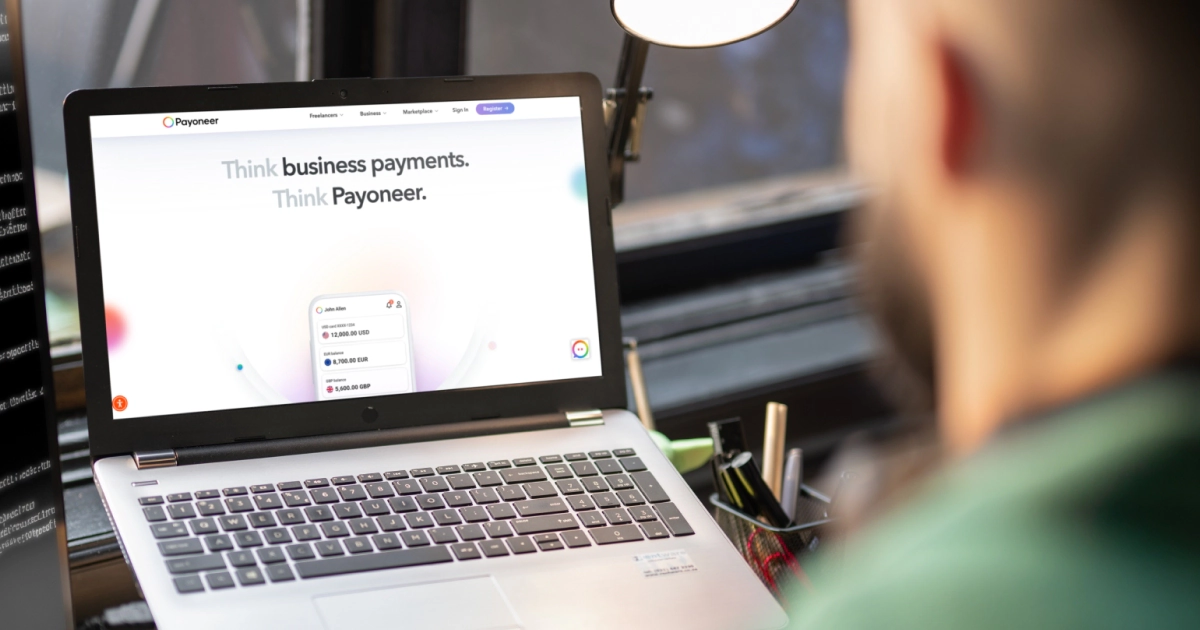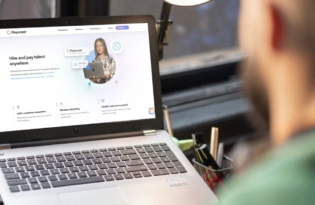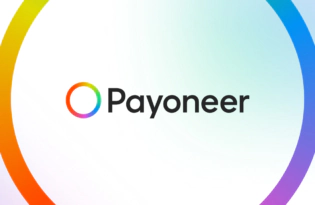Navigating phishing attacks: A guide to keeping your Payoneer account secure
Keeping your funds safe is our number one priority at Payoneer. While phishing attempts can happen, arming yourself with knowledge is key to keeping your data and money safe

Navigating phishing attacks: A guide to keeping your Payoneer account secure
Keeping your funds safe is our number one priority at Payoneer. While phishing attempts can happen, arming yourself with knowledge is key to keeping your data and money safe.
Phishing scams are attempts to access your sensitive data, often masquerading as trustworthy emails, SMS messages, or deceptive websites that look almost identical to Payoneer’s. Scammers aim to trick you into sharing personal details concerning your Payoneer account, cards, or passwords. However, with these simple tips, you can keep your account and your money safe.
Securing your Payoneer account
Be wary of malicious URLs disguised as a Payoneer website. Scammers may even add these convincing sites as Google search results to trick you into sharing your details without your knowledge.
Do the following to protect your account from fake Payoneer URLs:
- Look for spelling errors:
If a Payoneer URL contains a spelling error or unfamiliar words, this should instantly raise a red flag. The only official domain is payoneer.com. - Bookmark your Payoneer login page:
Skip email links and Google searches and go directly to your bookmarked login page. Better yet, use the Payoneer app when possible. - Check for the lock symbol:
The lock symbol that appears in the address bar indicates that the website you are visiting is secure. - Enable Multi-Factor Authentication (MFA):
This added layer of security will keep phishing attacks far away from your sensitive information. - Multiple verification codes sent during MFA. When logging in, a single one-time password will be sent to you. Payoneer will not send an additional code unless you request it, but a scammer might.
- Diversify your passwords:
Change them regularly (about every 6 months) and avoid using the same one across multiple platforms.
Phishing emails and SMS:
What to look out for
Scammers may also use email or SMS to carry out phishing attacks. Learn to spot these warning signs and keep your account safe:
- Incorrect sender’s address: Verify that the sender is from “@payoneer.com” and not a different source. In addition, keep your eyes peeled for tricky spelling mistakes in the sender’s address.
- Impersonal greetings: Payoneer communications are always personalized and will address you by name as opposed to something generic like “Dear customer”.
- Spelling or grammatical errors: Legitimate communications from Payoneer undergo rigorous checks, meaning such errors are virtually unheard of.
- Suspicious links: Hover over links before clicking to verify their destination.
- Requests for sensitive information: Never engage or interact with communications asking you to share sensitive details like your card number or password.
- Urgent language: Fear tactics asking you to urgently share sensitive information may signal potential scams.
- Attachments: Only open expected attachments to avoid spyware or viruses.
What should you do if you encounter a phishing attack?
If you suspect you’ve encountered a phishing attempt via website, email, or SMS:
- Do not log in and do not click or open links or attachments
- Take a screenshot of the website or message and send it to us here
- Exit the tab with the malicious URL or delete the suspicious email/SMS
- Our team will handle it from there
If you suspect that your account has been compromised in any way…
If you suspect that your account has been compromised by a phishing attack, please contact Payoneer support right away.
Our 24/7 support team will guide you through the necessary steps to reclaim control and secure your account.
Related resources
Latest articles
-
Planning to hire employees in Japan? Here’s a quick guide
Looking to hire employees in Japan for your U.S. company? Learn about hiring practices in Japan and how Payoneer Workforce Management makes it easy to hire in Japan.
-
Planning to hire in Hong Kong? Here’s a quick guide
Are you hiring employees in Hong Kong for your U.S. company? Learn about employment in Hong Kong and how Payoneer Workforce Management makes it easy to hire in Hong Kong.
-
Planning to hire in Colombia? Here’s a quick guide
Looking to hire employees in Colombia for your U.S. company? Learn about employment in Colombia and how Payoneer Workforce Management makes it easy to hire in Colombia.
-
Planning to hire employees in Brazil? Here’s a quick guide
Looking to hire employees in Brazil for your U.S. company? Learn about employment in Brazil and how Payoneer Workforce Management helps hire in Brazil.
-
How Startups Can Compete for Global Talent
Discover how startups can attract top global talent without big corporate infrastructure. Learn how EOR and AOR solutions help provide competitive benefits and compliance for international hires.
-
What Founders Need to Know About Liability When Hiring Across Borders
Discover key liability risks for founders hiring internationally, from misclassification to statutory benefits. Learn how AOR and EOR solutions help manage compliance and protect your business.













